I first learned about anti-Semitism at the age of eight, when my father explained to me that his closest business friend could not live near us because he was Jewish. This was 1961, hardly three miles from Mount Vernon, Virginia, in a new-build neighborhood that was racially segregated, as was my elementary school. Black children descended from George Washington’s slaves lived in a nearby rural ghetto called Gum Springs and were not welcome east of Fort Hunt Road.
Somehow that memory – like John F. Kennedy’s assassination two years later and the view of his funeral procession from my father’s office window – is one of my earliest and starkest recollections. It is as stark as a much later image I can recall, of the numerical tattoo on the left forearm of an older Jewish neighbor in 1980s Manhattan.
As horrific as the behavior of Hamas was, the conduct of many young westerners was vastly more shocking
Every single day since the pogrom of October 7, 2023 has demonstrated that anti-Semitism remains the most powerful and ineradicable evil the world has ever known. Israel’s death toll that day – about 1,200 victims – would be the equivalent of some 44,000 Americans in comparative population terms. But the revival and indeed flowering of explicitly genocidal Jew-hatred all across the West since 10/7, especially in Britain and the US, has illuminated how this ancient hatred has grown deep new roots – even in elite universities.
Douglas Murray is no more Jewish than I am, but his deep love for Israel springs forth from his emotionally bracing new book: a reporter’s tour that focuses on both the victims and the perpetrators of the pogrom.
At a tight 200 pages, On Democracies and Death Cults is well written and clear, yet nonetheless extremely difficult to read. So much of its content – like the 19-year-old Israeli female soldiers sorting the human remains from that day – is riveting in the worst possible way. Murray’s book is morally serious and reflective, as he observes how “these women had already seen and gone through more in their lives than their contemporaries in the West would go through by the time they die.”
Murray toured the ruins of Gaza, sitting in the very chair in which Hamas leader Yahya Sinwar took his final breaths. His book underscores the two great, ironic achievements of Sinwar’s utterly hateful life. First, he guaranteed with certainty that there will never be a Palestinian state. Second, he rebirthed a revelatory outpouring of worldwide anti-Semitism. Murray observes that “whenever I have traveled in the Arab and Muslim worlds I have always been struck by this obsession with Israel and the Jews.” That also applies to Gazans, including the civilians who eagerly followed Hamas on 10/7, “intent on joining in the looting and killing.”
Murray quotes one terrorist’s recorded call home to his Gazan parents from an Israeli kibbutz during the attack. “Hi Dad. Open my WhatsApp now and you will see all those killed. Look how many I killed with my own hands. Your son killed Jews.” His father responds, “may God protect you” before the terrorist exults further. “Dad, I’m talking to you from a Jewish woman’s phone. I killed her and I killed her husband. I killed ten with my own hands.” His parents reply, “Oh my son. God bless you,” with his mother adding, “I wish I was with you.”
Murray quotes the late publisher George Weidenfeld as once observing that “there are people who are worse anti-Semites than the Nazis.” As Murray notes, “the Nazis attempted to cover over the worst of their crimes.” But not Hamas, for whom mass murder “gave them such intense joy,” as that one conversation memorably documented. In Israeli prisons Murray “came face-to-face with the Hamas terrorists… men I recognized from the atrocity footage,” who now seemed shrunken and forlorn.
Back in 1896, the acknowledged father of Zionism, Theodor Herzl, published his seminal work The Jewish State. He presciently argued, decades before the Nazi conquest of Europe, that “the only people who could or would protect the Jewish people would be the Jewish people.” Thus “Zionism was the only answer for the Jews,” and Israel’s against-all-odds triumph in its 1948 war of independence was a historic turning point, definitively chronicled in Benny Morris’s utterly superb 1948. Events in the West since 10/7 have once again proven Herzl correct.
As horrific as the behavior of Hamas was on 10/7, the conduct of so many young westerners, especially in the US, in the immediate aftermath of that pogrom was, I think, vastly more shocking. It revealed a breadth and depth of anti-Semitism that had previously seemed unimaginable. Murray plumbs this in what may be his book’s most valuable contributions of all: “Many of the people in the West who had spent recent years saying ‘Believe all women’ did not believe the women who said they had been violated” by Hamas and its camp followers on 10/7.
Two months after the attacks, a major US public opinion poll found that 81 percent of Americans supported Israel’s retaliatory military actions in Gaza against Hamas and its allied terrorists. However, in remarkable contrast, among respondents aged 18 to 24, 60 percent thought the 10/7 pogrom could be justified, 53 percent “believed students should be able to advocate for the genocide of the Jews without sanction” and 51 percent agreed that Israel “should be ended and given to Hamas,” Murray writes.
In light of those numbers, the explicitly genocidal public declarations of students such as Columbia undergraduate Khymani James seem less like extreme outliers and more like representative calls to arms: “Zionists don’t deserve to live… I feel very comfortable, very comfortable calling for those people to die,” he said.
But the breadth of the problem on US university campuses stretches far beyond the explicitly murderous. “Intifada is not a neutral term, any more than ‘Sieg heil’ is a phrase that simply means ‘Hail victory,’” Murray tellingly writes.
The same is true for intifada’s twin sibling, “from the river [Jordan] to the [Mediterranean] sea,” whose implicit call for the physical elimination of the Israeli state means that “it is not a stretch to say that the chant was genocidal.” Murray’s review of the university disturbances highlights how “the tactics everywhere looked strikingly familiar and inexplicably coordinated.” In July last year, the Biden administration’s national intelligence chief revealed how the Iranian government was covertly “providing financial support to protesters.”
In contrasting the grief of a society and bloodthirsty terrorists, Murray has authored a book for the ages
Indeed, with Hamas – as with Hezbollah in Lebanon, the Houthis in Yemen and various militia elements in Iraq – the current Iranian regime is the generative fount of all the explicitly genocidal anti-Semitism that surrounds Israel at every turn. Only the downfall of that government, already profoundly unpopular among its own citizens, will allow for long-term peace across the entire Middle East.
That could imaginably occur sooner than the abolition of anti-Zionist Jew-hatred within US higher education. In one dissolute example, the well-known scholar Judith Butler proclaimed within days of 10/7 that “understanding Hamas, Hezbollah as social movements that are progressive, that are on the left, is extremely important.”
She is talking about groups that are well-known for executing gay people, as extreme a violation of Butler’s queer-championing as anyone could imagine.
Of Democracies and Death Cults is compellingly profound and Murray’s resolute insistence that “evil does exist as a force in the world” is an inescapable truth we have no choice but to confront. For “the death cults of Tehran,” like Hamas, they have “decided to live their lives with one ambition – to take away life,” as that visceral recording from October 7 reflected.
Former Hamas leader Ismail Haniyeh –assassinated in the Iranian capital last year – put it as bluntly as possible seven years earlier: Gazan “children are tools to be used against Israel. We will sacrifice them for the political support of the world,” or at least those eager to embrace neo-Nazi genocide.
That abominable world view stands in existential opposition to the “pluralistic, multiracial, and multicultural society” that is today’s democratic Israel.
In contrasting “the grief of a society that mourns for its sons and friends,” and bloodthirsty terrorists who are “happy to hear of the deaths of their own family and other people’s family,” Douglas Murray has authored a book for the ages.
David J. Garrow is a Pulitzer Prize-winning historian. This article was originally published in The Spectator’s June 2025 World edition.










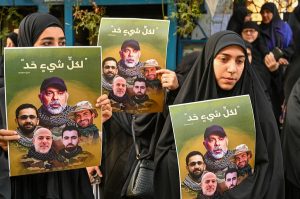
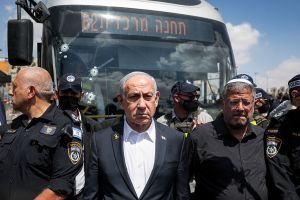

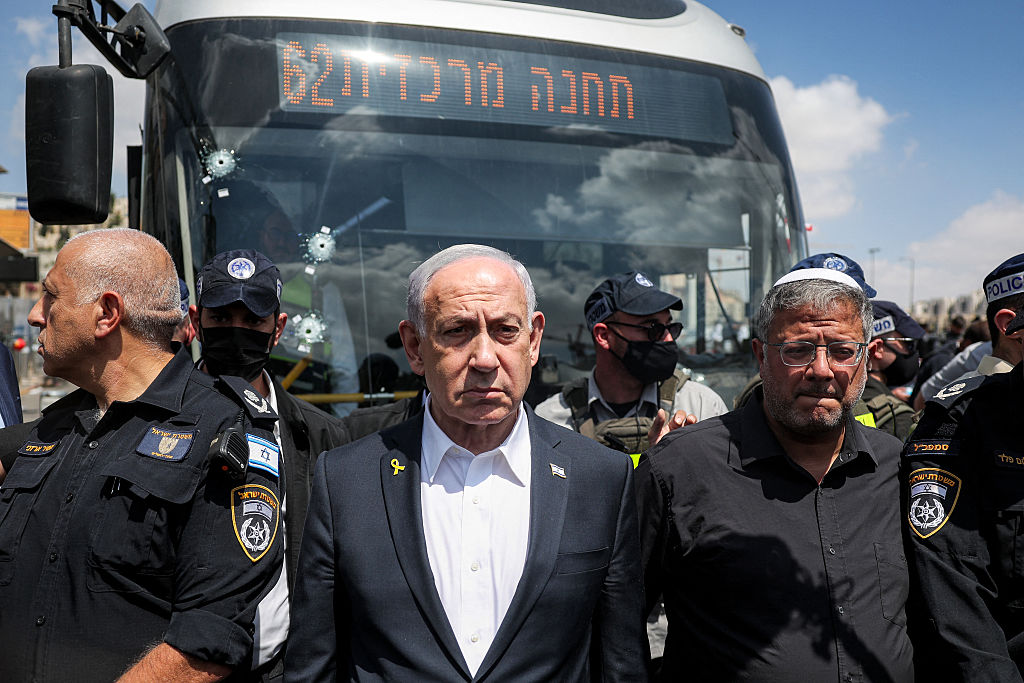

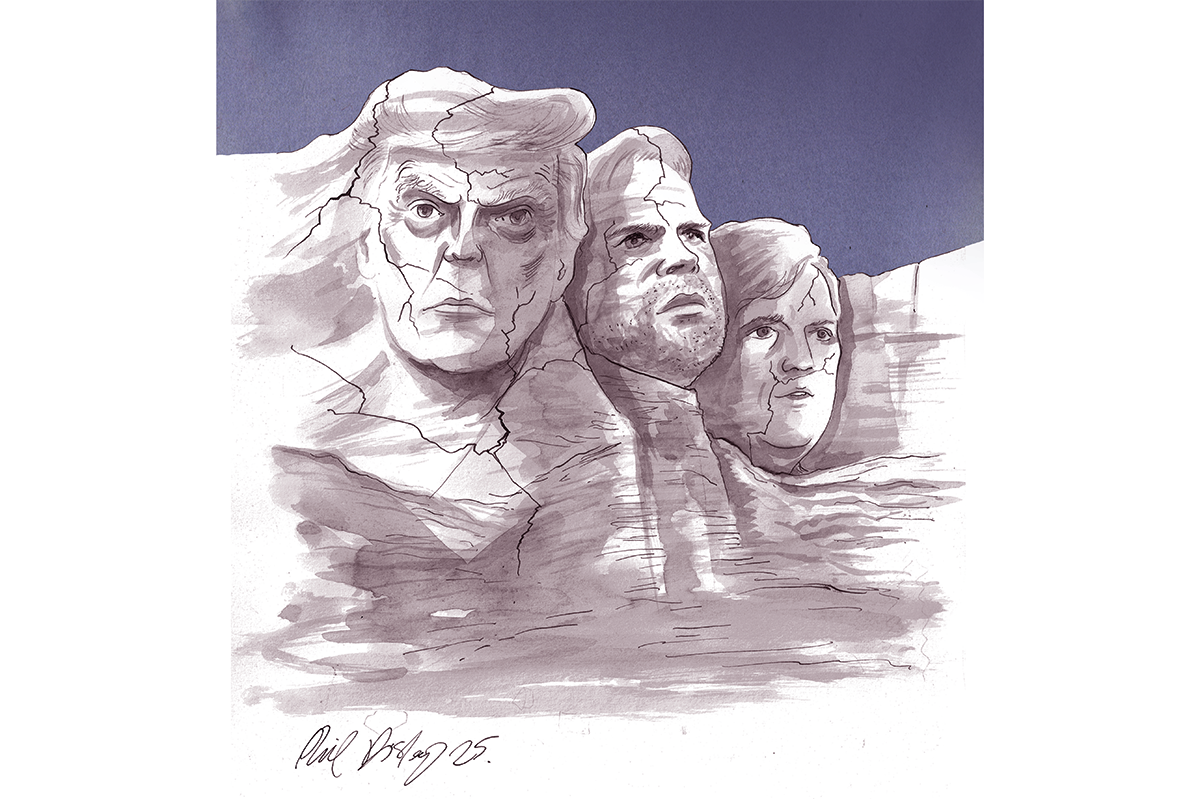
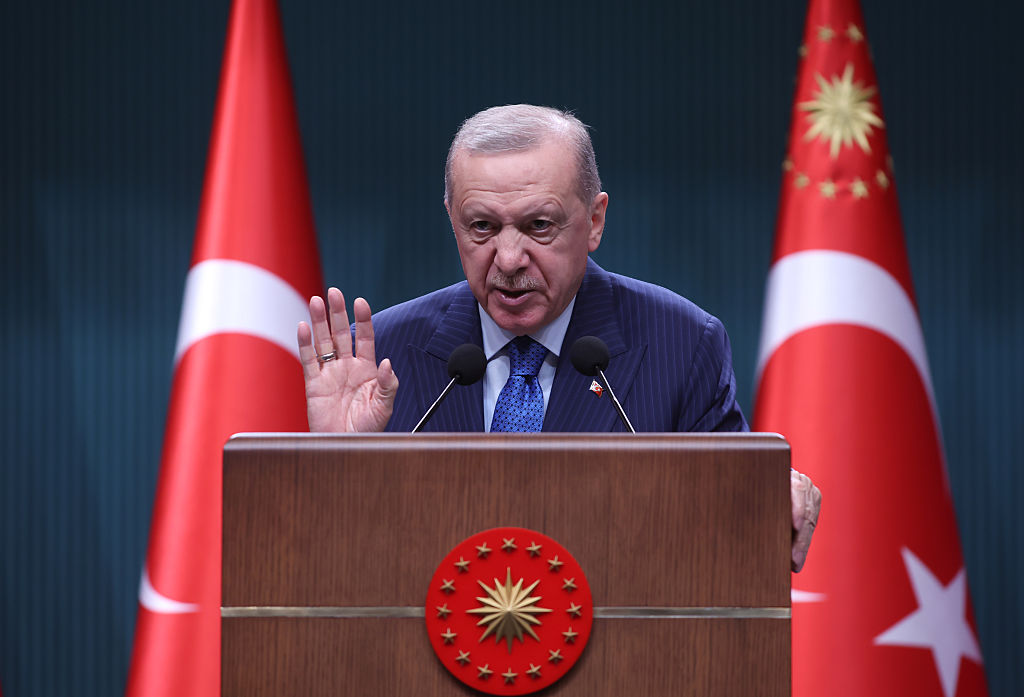

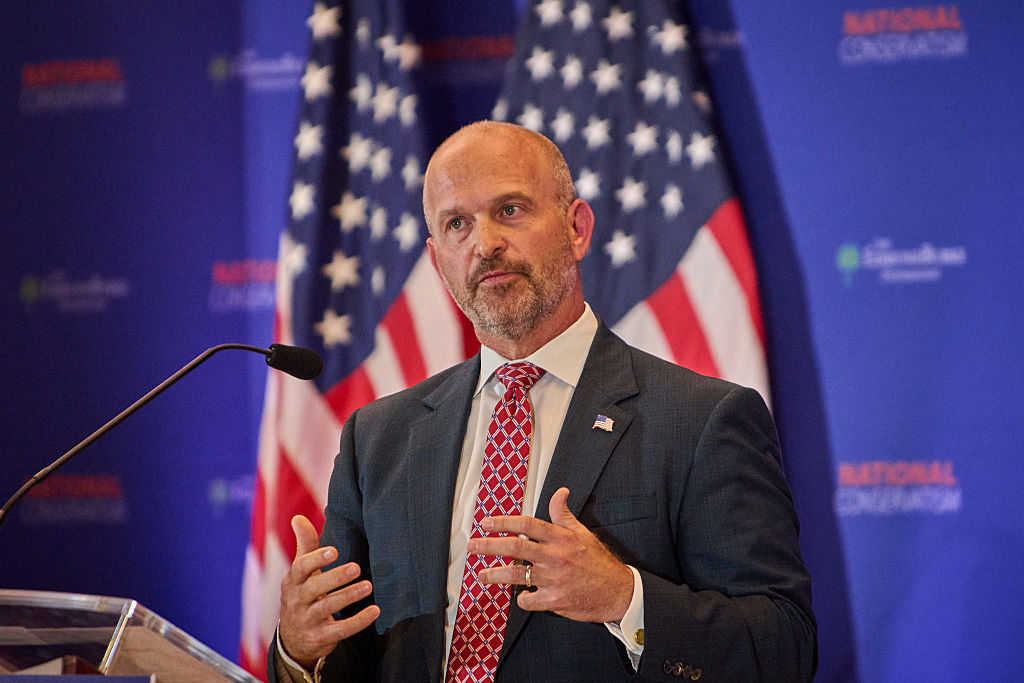







Leave a Reply